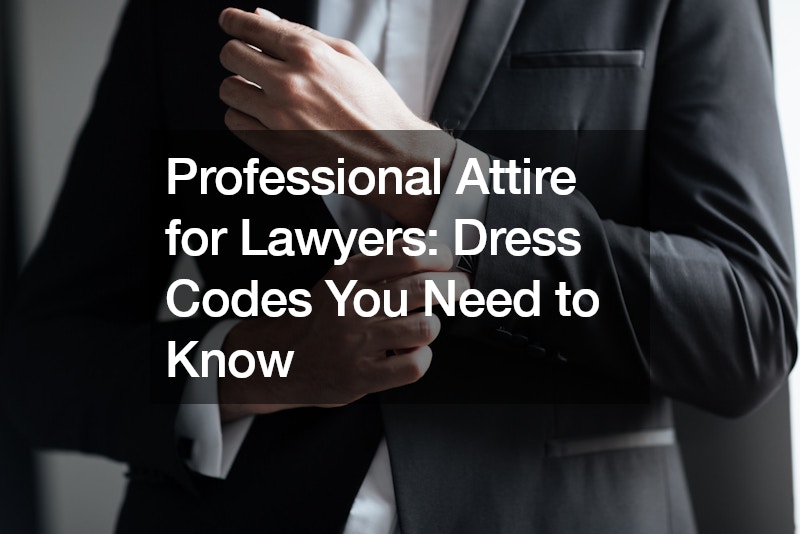In the legal profession, dressing appropriately is not just about style—it’s about respecting the courtroom, representing clients effectively, and maintaining professionalism. Whether you’re preparing for a trial, mediation, or simply a day at the office, understanding the nuances of attorney dress codes is crucial. Here’s a breakdown of what professional attire for lawyers entails and why it matters.
Courtroom Attire: Making a Professional Impression
When appearing in court, lawyers are expected to adhere to a formal dress code. This typically means wearing a suit and tie for men.
As humorously illustrated in the movie “My Cousin Vinny,” judges may insist on a traditional suit made of cloth rather than unconventional materials like leather. This attire reflects respect for the court’s authority and ensures that lawyers are taken seriously by judges, juries, and clients alike.
The standard courtroom attire has evolved slightly over time. While a full suit is still the norm, some courts allow variations such as a sport coat paired with dress pants and a tie. The key is to appear polished and professional, with groomed hair and a well-kept appearance. This attention to detail reassures clients and enhances credibility during court filings and proceedings.
Mediation and Deposition Attire: A Balance of Formality and Comfort
In less formal settings like mediations and depositions, the dress code is slightly more relaxed but still demands professionalism. Attorneys often opt for a sport coat or blazer with dress pants and a button-down shirt. This ensemble strikes a balance between formality and comfort, projecting a professional image without the strictness of a courtroom setting.
Mediations, where parties negotiate under the guidance of a mediator, require attorneys to maintain a respectable appearance. Similarly, during depositions—formal sessions where witness testimonies are recorded outside of court—lawyers should dress appropriately to convey seriousness and competence.
Office Attire: Reflecting Professionalism and Comfort
In the office environment, attorneys have more flexibility in their attire while still maintaining a level of professionalism. Business casual attire is common, ranging from dress shirts with slacks to polished blouses paired with skirts or trousers. However, even in a more relaxed setting, it’s essential to avoid overly casual clothing like jeans or t-shirts, unless the office culture explicitly permits it.
The goal of office attire is to balance comfort with professionalism, ensuring that attorneys are prepared for unexpected meetings, client interactions, or court filings at any moment. Maintaining a neat appearance—tidy hair, well-groomed attire, and appropriate footwear—contributes to a lawyer’s overall credibility and competence.
Why Does Attorney Attire Matter?
Professional attire for lawyers extends beyond personal preference; it directly impacts how they are perceived by clients, peers, judges, and juries. A well-dressed attorney not only demonstrates respect for the legal process but also instills confidence in clients regarding their legal representation. Whether navigating court filings or negotiating settlements, dressing appropriately enhances an attorney’s ability to effectively advocate for their clients.
In conclusion, understanding and adhering to professional dress codes is essential for lawyers in all aspects of their practice. From the formality of courtroom attire to the flexibility of office wear, each setting demands a specific approach to clothing. By mastering these nuances, attorneys not only uphold the dignity of the legal profession but also establish themselves as credible and competent advocates for justice.
.


